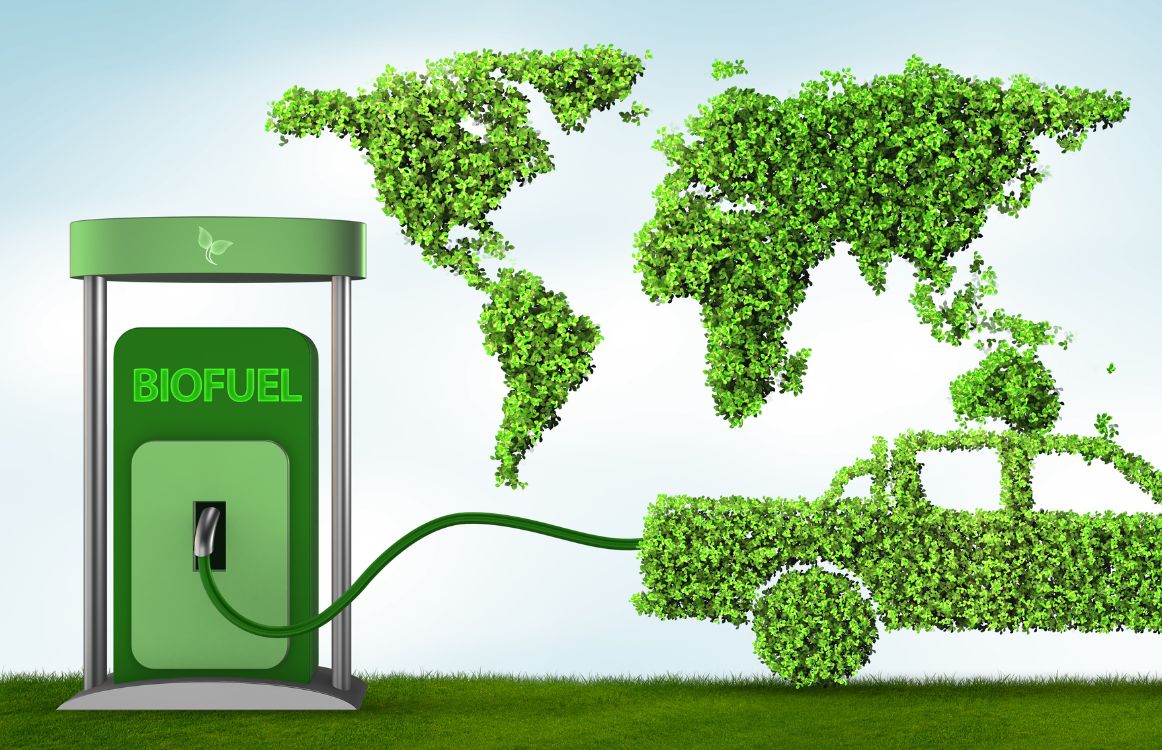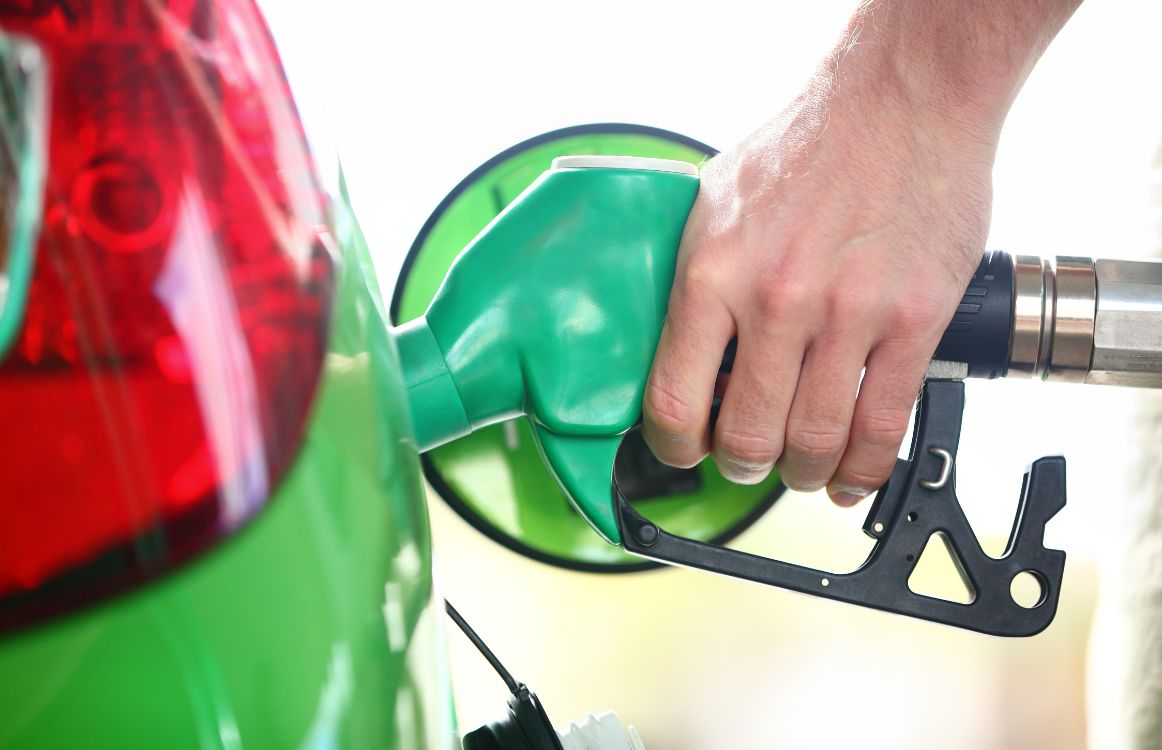Is Bioethanol Good for the Environment?

The discussion around how human actions are affecting the environment has led to many changes in the way we do things in the world. One of those things is the production of gasoline for transportation vehicles, from automobiles to long haul big rigs. One solution to the problem of burning up fossil fuels for transportation has been to replace some of that petroleum, or gasoline, with bioethanol, but is bioethanol good for the environment? Let’s look.
What Is Bioethanol?
Bioethanol is ethanol, or alcohol, made from plants, typically corn. It can also be made from sugar cane, sweet sorghum, or any other carbohydrate that is rich in sugar.
While all ethanol is made from plants, or biological matter, we give the name bioethanol to this type of alcohol specifically that is used to power transportation vehicles.
How Bioethanol Is Made
To make bioethanol, a producer will take a crop — corn, sugar, sugar beets, etc. — and ferment it down to make fuel.
The fermentation process involves grinding the carbohydrate down to a fine grain and steeping it in hot water. Once the water cools, yeast is added to the mixture, which consumes all of the sugars in the liquid and converts it to alcohol and carbon dioxide.
Once fermented, the grain is skimmed off the liquid and the liquid is now bioethanol.
How Bioethanol Replaces Gasoline
Bioethanol was conceived in an attempt to stop using fossil fuels, which are not renewable. Once we use all the coal and all the oil from the earth, there is no more to draw on.
At the same time, burning these dirty fossil fuels contributes to a large amount of toxins being released into the atmosphere, which scientists believe are eroding the earth’s ozone layer. The ozone layer acts as a shield to protect the earth from the extreme heat and UV radiation of the sun.
Bioethanol is a solution to that problem, but the overwhelming majority of vehicles currently on the road and in production have internal combustion engines, which were designed to run on fuel, or petroleum, the gasoline made from oil.
However, engineers have found that petroleum can be cut with bioethanol and not affect the engine. As of today, gasoline used in the United States contains 10% bioethanol, which oxygenates the fuel and minimizes the problem of air pollution.
Any higher than around 15% of bioethanol in the fuel, and vehicles would be burning more fuel, which gets cost prohibitive and kind of cancels itself out.
How Bioethanol Affects the Environment
While we love to laud the benefits of bioethanol, there are side effects to consider.
The selling point of bioethanol as a fuel to burn is that the plants that produce the grain for bioethanol absorb most of the carbon dioxide that gets into the environment when it is burned. So, in those terms, the atmospheric issues are solved.
But at the same time, it would take up far too much land to attempt to grow crops for the explicit purpose of fueling all the vehicles of the world, or even most of them.
Add to that the fact that the land used to grow crops for bioethanol is competing with the space needed for food production.

Is Bioethanol Good for the Environment?
In the end, the way we use bioethanol right now as a mixture to add into petroleum is beneficial to the environment. It oxygenates the petroleum and helps it fire more efficiently. It also allows for less gasoline to be used, which is better for the environment.
But increasing the use of bioethanol for transportation becomes problematic as, the way cars are currently designed, they run less efficiently and burn more fuel when they run on more bioethanol. This means even more crops would need to be grown and even more CO2 would be released into the environment, which is likely not a good thing.
So, the answer to the question is yes, as of right now, bioethanol is good for the environment, it is also true that there can be too much of a good thing, and this would be it.
It seems that until a different engine is designed to run on more bioethanol more efficiently, and we can solve the problem of food competition, we are probably in a good place with bioethanol right now.
We make yeast analysis fast, easy, and affordable for efficient bioethanol production. Monitor yeast growth when propagating and optimize fermentation times by automatically analyzing yeast cell concentration, viability, and budding count – all in less than a minute.
Join the bioethanol producers from all around the world using the Smartest Automated Yeast Cell Counter! Request a Free Demo Account today and experience firsthand how Oculyze can take your business to the next level!
Sources:


